Content
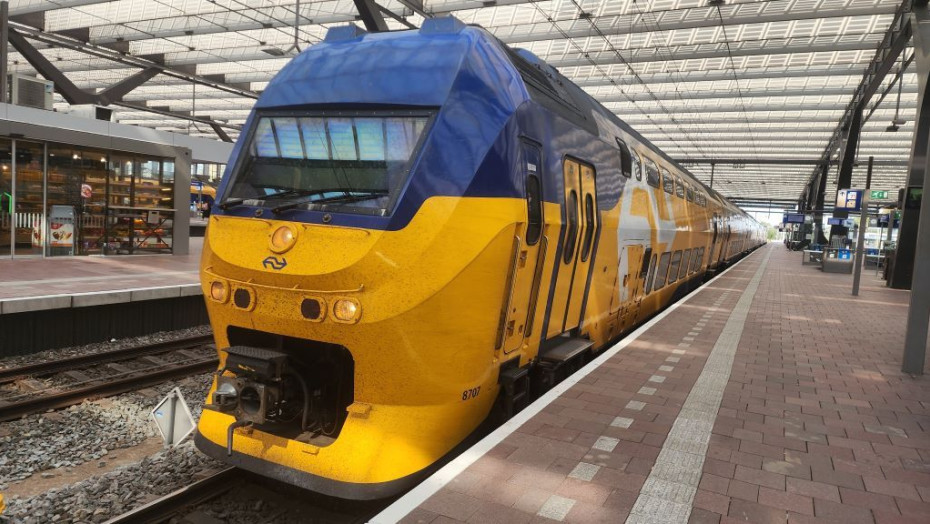
IC double-deck (Netherlands)
Our guide to travelling on the iconic double-decked Dutch Intercity trains will tell you all you need to know, from boarding, to making the most of the journey experience.
Share
At a Glance
Travel Pass Supplement
Rail Pass Reservation Fees
Reservations
Not Available
Time of Day
Day
Accessibility
Accessing the train
Wheelchair Spaces
Bikes Allowed
Train Specification
Attributes of the train
Double Deck
Country
Which country these trains operate in.
Netherlands
Travel Passes
Eurail
Interrail
NS Intercity travel guide:
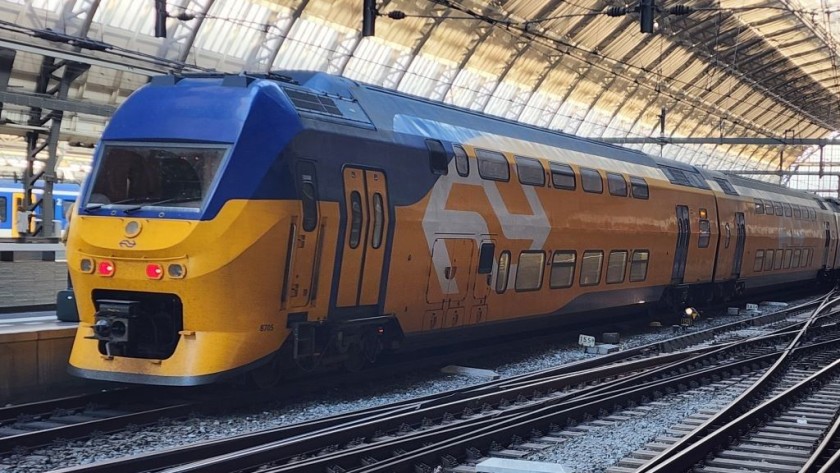
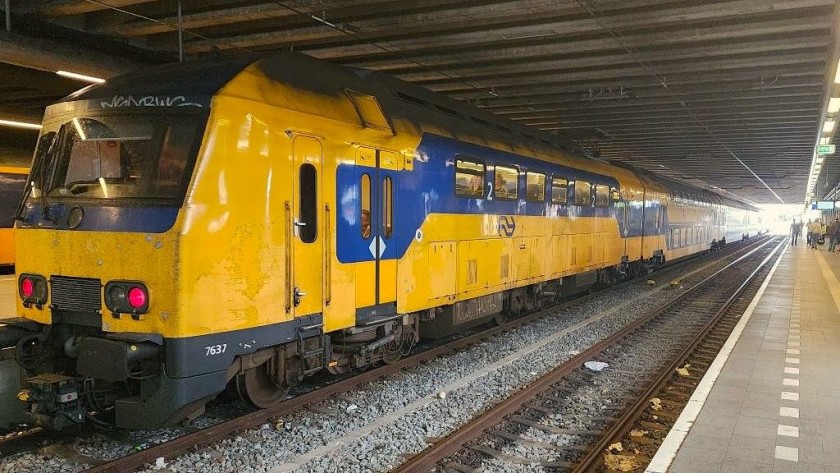
These double deck trains are fundamentally different to the single deck ‘Intercity’ trains operated by NS in The Netherlands; hence we have made the distinction between them.
The majority of the double deck trains that are used by Dutch rail operator NS, on many of its Intercity services/routes in The Netherlands are technically known as NS VIRM trains.
These trains are most typically used on routes which call at Amsterdam Centraal.
Though slightly older DDZ trains are still used, particularly on routes between eastern Netherlands and both Den Haag and Rotterdam.
NS takes a no-frills, functional approach to its express trains, but as very few journeys take more than a couple of hours, the lack of a wow factor doesn’t matter at all.
Most of the both type of trains have been re-furbished and those that have been modernised have new seats; WiFi is also now available on these updated trains.
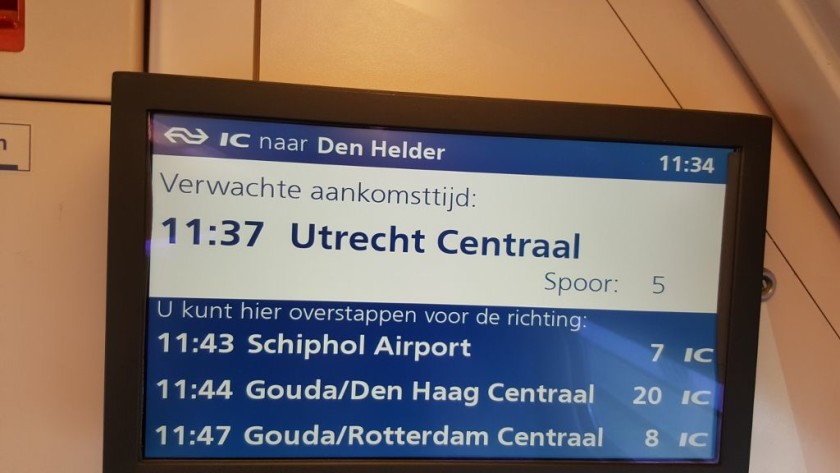
Whether a train has been refurbished or not, convenient info screens are available, which show the routes, the next calling point and available connections.
Routes;
The NS VIRM trains are typically used on these routes:
(1) Den Helder - Alkmaar – Amsterdam Centraal – Utrecht – Arnhem – Nijmegen
(2) Alkmaar – Amsterdam Centraal – Utrecht – s’Hertogenbosch – Eindhoven – Sittard - Maastricht
(3) Enkhuizen – Hoorn – Amsterdam Centraal – – Utrecht – s’Hertogenbosch – Eindhoven - Sittard - Heerlen
(4) Amsterdam Centraal – Haarlem – Leiden – Den Haag HS – Delft – Rotterdam – Dordrecht - Roosendaal – Middelburg - Vlissingen
(5) Venlo - Eindhoven - s’Hertogenbosch - Utrecht - Amsterdam Zuid - Schiphol - Leiden - Den Haag HS – Delft – Rotterdam – Dordrecht - Roosendaal
(6) Amsterdam Centraal – Haarlem – Leiden – Den Haag Central
(7) Den Haag Centraal – Delft – Rotterdam – Dordrecht - Roosendaal
(8) Amsterdam Centraal – Amersfoort - (Appledoorn - Deventer)
As can be seen above, most Intercity services to/from Amsterdam Centraal are formed of NS VIRM trains.
However, these NS VIRM trains are also used for other Intercity services, on routes they share with the single deck ICM trains.
On some routes multiple NS VIRM trains serving different destination can be joined together for part of the journey.
The trains are then separated at a station call, so check on the info screens in each coach, to confirm that you are travelling in the part of the train that is heading to your final destination.
The DDZ trains are most typically used on these routes:
(1) Dordrecht - Breda - Tilburg - s’Hertogenbosch - Nijmegen - Arnhem
(2) Roosendaal - Breda - Tilburg - s’Hertogenbosch - Nijmegen - Arnhem - Deventer - Zwolle
(3) Den Haag Centraal - Gouda - Utrecht - Amersfoort - Appledoorn - Deventer - Almelo - Hengelo - Enschende
Reservations:
Seat reservations are NOT available on these trains, seats cannot be reserved, seats may not be available in all coaches on the busiest trains.
So if possible avoid travelling away from large cities between 17:00 and 18:30.

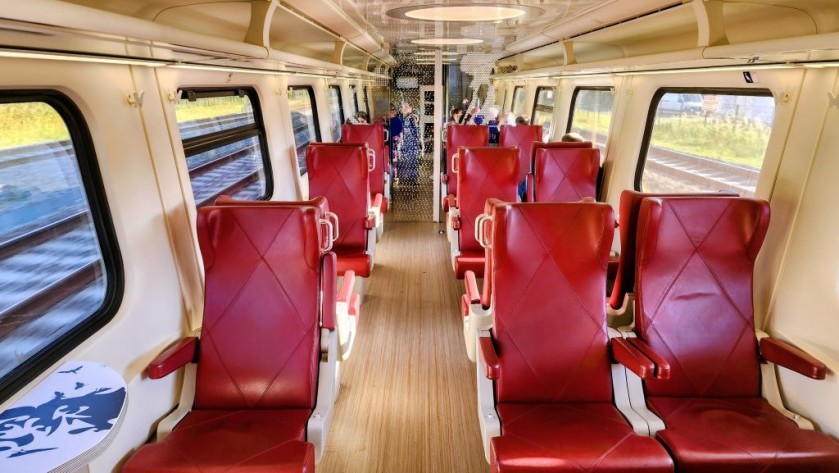
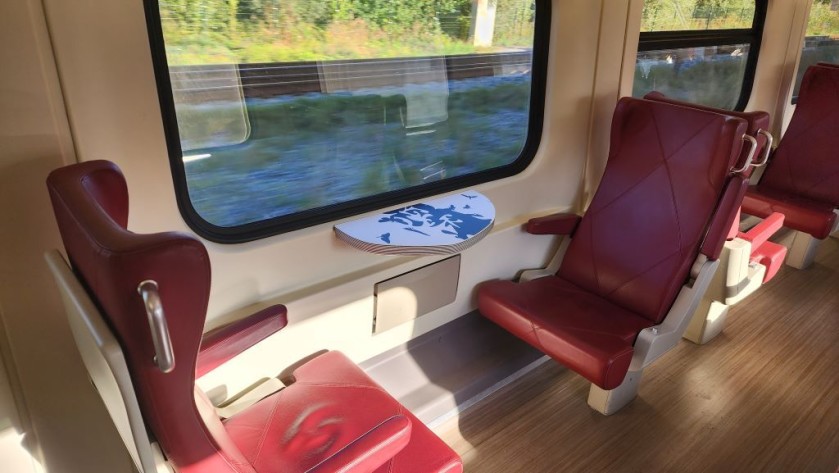

Boarding:
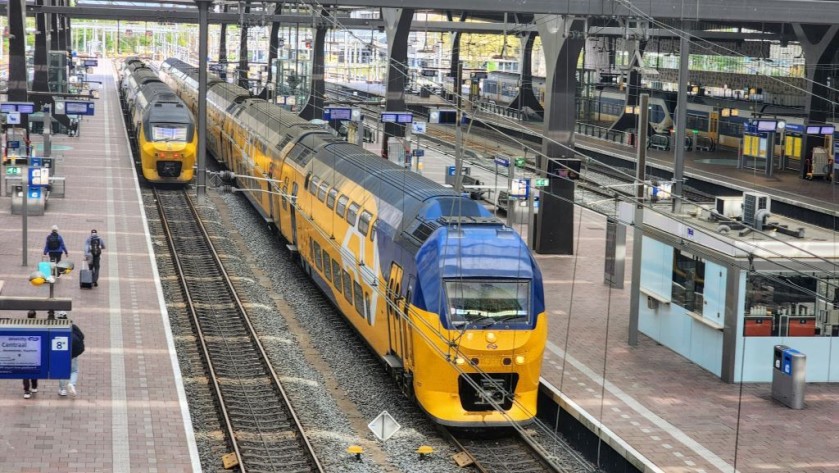
Seats cannot be reserved on these trains, so whether you opt to sit on the upper or lower decks is therefore up to you.
The layout of the seating is more or less the same on either deck, but the upper decks can feel more cramped if you are tall.
Whether a coach is 1st or 2nd class is indicated by numbers ‘1’ or ‘2’ on the side of the coaches, but some coaches contain both 1st and 2nd class seats.
On coaches that have both classes, glass doors separate 1st from 2nd.
When entering by SOME doors, the 1st class will be on the upper deck, while 2nd class is on the lower deck, but the reverse can also be true.
So if you have a 1st class ticket/pass, take your time to work out where you need to board and what your options are.
There is no information on the spoor/platform/track to indicate where to wait on the spoor/platform for easy boarding into 1st class.
When the train arrives the 1st class seats may be up to three coaches away, so the best option can be to board by any door and then walk through the train to find the 1st class seats.
One other thing worth knowing is that the doors will not open automatically, but the button on the outside of the trains, which needs to be used when boarding, is some distance from the doors.
If you have compromised mobility
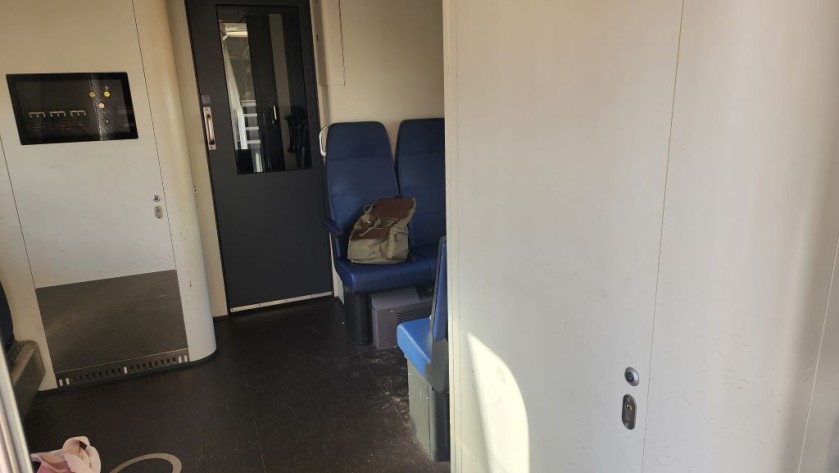
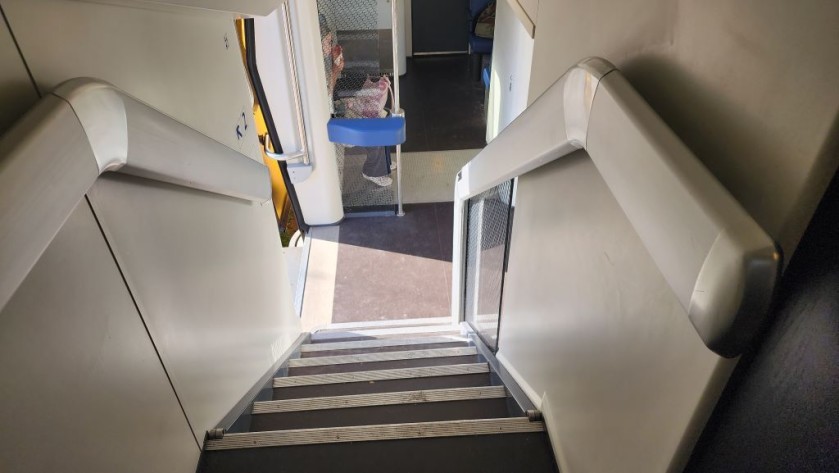
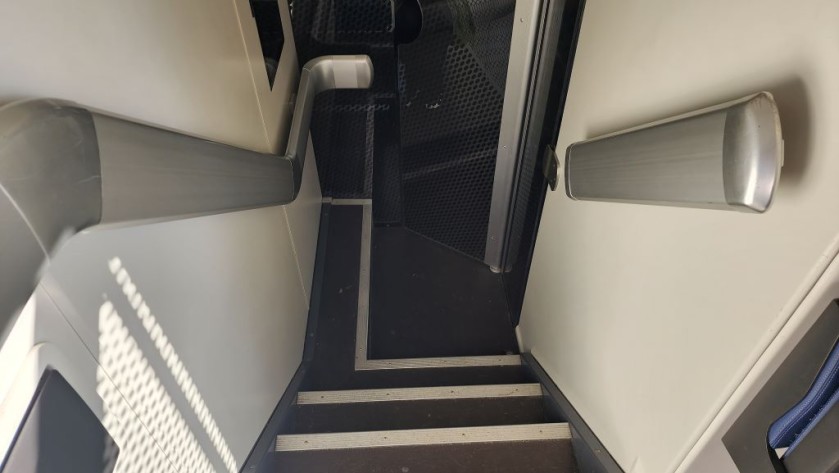

A couple of steps need to be negotiated between the train and platform, but from this area by the doors there are staircases to both the lower and upper decks.
However, at the ends of some coaches, including those marked with a wheelchair symbol, there is a bay of seats + fold down seats, which are on the same level as the doors.
Quiet zones
Dutch national rail operator NS encourages a quieter, more business like atmosphere on the UPPER decks of these trains, by deploying Quiet Zones in which mobile phones can’t be used etc.
Most of the 1st class seating areas are Quiet zones
Look for the symbol on the outside of the trains showing a red line through a phone.
If you’re travelling in a group of friends etc and want to chat and be generally sociable, NS would PREFER it if you travelled on the lower deck.
Bicycles
NS is the national railway operator in The Netherlands and it doesn’t allow bicycles to travel on any of its trains between 06:30 – 09:00 and 16:00 – 18:30 on Monday-Friday – except during July and August when there are no time restrictions.
Bikes can be taken on board any train at any other time, including weekends, if you purchase a bike pass for €6.90 - this pass known as a ‘Fietskaart Dal’ has a flat rate price, so it doesn’t matter how far you will be travelling.
An unusual feature of travelling with a bike on NS trains is that tandems can also be taken on board.
Bikes can only be placed in the dedicated bike spaces - look out for the symbols by some of the sets of doors.
However, because they can’t be reserved, there’s no guarantee that room will be available - There's a reason why Dutch stations have an abundance of bike racks.
Although neither your train ticket, or bike pass, will be restricted to specific departures, so if need be you can simply take the next train – most routes have departures at least every 30 mins
This second version of ShowMeTheJourney is exciting and new, so we are genuinely thrilled that you are here and reading this, but we also need your help.
We’re striving not to let anything get in the way of providing the most useful service possible, hence a facility has been set up with DonorBox which can be used to support the running costs and make improvements.
Instead of advertising or paywalls, your financial support will make a positive difference to delivering an enhanced service, as there’s a lot of ideas which we want to make happen.
So if you have found the info provided here to be useful, please consider saying thank you.

This is one of more than 100 train travel guides available on ShowMeTheJourney, which will make it easier to take the train journeys you want or need to make. As always, all images were captured on trips taken by ShowMeTheJourney.


